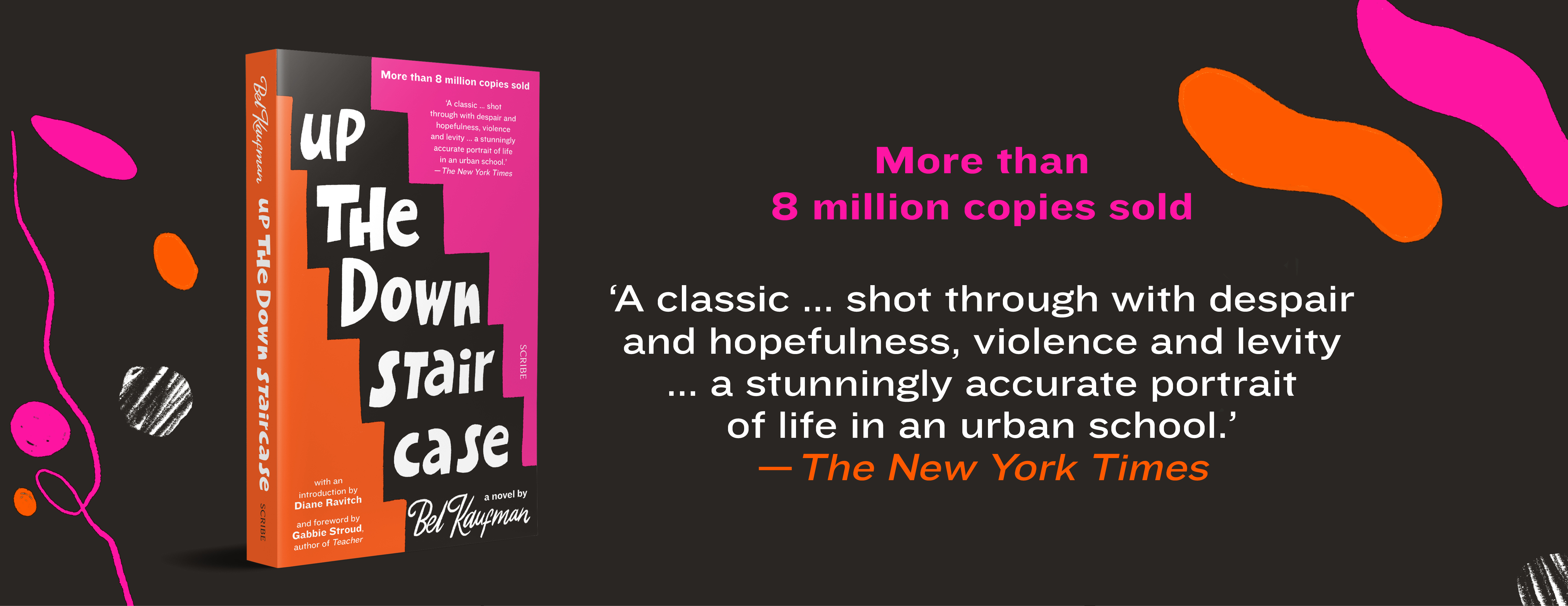
Also the author uses a hyperbole here (their background consists of the simplest comics and thrillers). To be more concrete, she is absolutely unsatisfied with the books used in school as they are plain and old-fashioned. Then Sylvia describes the problem of the books for education. As this text is a letter we can meet here some colloquial expressions (hard to say). In the introductory part the author employs to the epiphora (they keep promising that things will be different), irony (improved conditions) and antithesis (conditions seem greatly unimproved) to show the disappointment of the main character. The author enhances the desired effect with the help of the parallel construction, which is used in the ironical slant (…and before you know it, little Suzie will start going to school, and her troubles will just begin). The author resorts to such stylistic device as polysyndeton (another tooth and another and another) and it depicts the quickness of the life. To show this the parallel construction is used (wash a blouse, think a thought, write a letter).

It develops in 2 first paragraphs, where Sylvia writes about the routine, that every day the life is rather monotonous. Means of expressiveness: The text can be divided into several parts. The composition of the text is knot of the intrigue – the first lesson (development of the events with complications). The key of the excerpt is mostly matter of fact, emotional, humorous and ironical. The story is told in the first person singular in a colloquial style.

The type of narration is an account of events (portraiture) with dialogues. The organization of the contents is straight-narrative (events are given in their chronological order). The events happen in the middle of the 20th century, in the US Public School The plot is developed on the basis of the conflict between different sets of values. The subject matter of this extract is school life.

The semi-autobiographical novel is about an idealistic young teacher. The extract called «Up the down staircase» is written by Bel Kaufman, who is an American professor and writer.

Analysis of the Story “Up the Down Staircase”ġ.


 0 kommentar(er)
0 kommentar(er)
